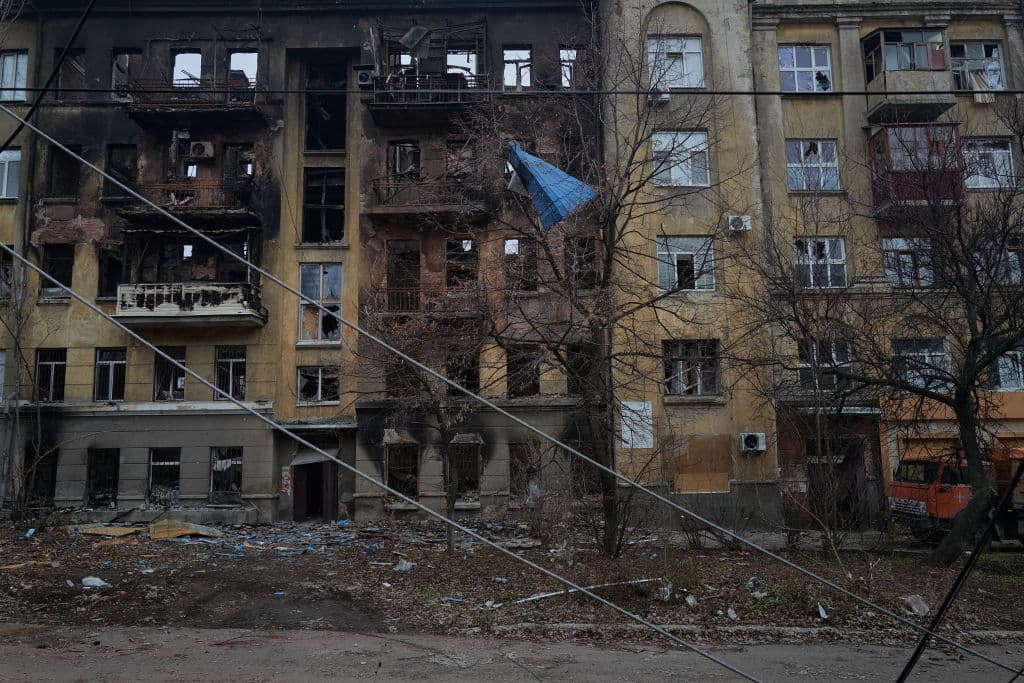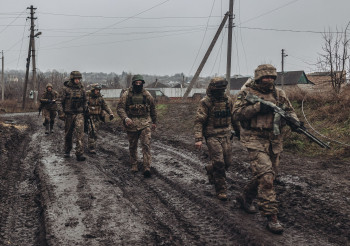Governor: Over 60% of infrastructure in Bakhmut damaged or destroyed

Donetsk Oblast Governor Pavlo Kyrylenko said on Dec. 26 that over 60% of the infrastructure in the city of Bakhmut, which has been the site of intense fighting, is partially or fully destroyed.
“Russia is constantly shelling Bakhmut’s infrastructure. The enemy is keeping on scorched earth tactics,” he said.
On the same day, Eastern Military Command spokesman Serhiy Cherevaty said that the Bakhmut and Avdiivka areas in Donetsk Oblast remain the sites of the heaviest hostilities at the current stage of the war. He reported that there were 28 episodes of fighting and 225 shellings from artillery and tanks in the Bakhmut area on Dec. 26 alone.
On Dec. 25, the Institute for the Study of War said that Russia's advances near Bakhmut have likely slowed down in recent days, although it is too early to tell if Russia's efforts to take the city are reaching their end.
President Volodymyr Zelensky said on Dec. 20 that Bakhmut in Donetsk Oblast remains the "hottest point" out of the entire 1,300-kilometer front line.
Bakhmut, a city with a pre-war population of around 70,000, is one of Russia's main targets, as seizing it could allow Russian forces to launch attacks on urban areas such as Kramatorsk and Sloviansk in Donetsk Oblast.
The Wagner Group, which has been conducting a large portion of Russian operations around Bakhmut, uses many poorly-trained convicts it recruited to fight against Ukraine in an attempt to take the city, the U.K. Defense Ministry previously reported.











